Stage Gate Process: The Complete Practice Guide
When it comes to the process of new product development, the stakes are high to achieve the target goals and introduce to the market a product that can satisfy both consumers and investors. The management process should consider a high level of iteration and validation while developing new products. Before jumping from one StageStage to another, a middle gate should be applied to ensure that the production moves in the correct targeted direction. This is where the Stage Gate Process comes. At the end of the article, you will find Stage Gate Process templates that you can download for free and use in your projects.
Several product development processes apply either waterfall, agile, or lean strategies. While there is much criticism of the stage gate process as it doesn’t consider the creative aspect of the product development. On the other side, it is remarked by its gate feature.
Read also:
The Double Diamond Design Thinking Process and How to Use it
A Guide to the SCAMPER Technique for Creative Thinking
Design Thinking Tools: Reverse Brainstorming
Creative Diversity: Doblin’s 10 Types of Innovation
What is the Stage Gate Process?
The Stage Gate Process, also known as the Phase Gate Process, guides the product development process through six main phases. The stages in the Stage-Gate are Discover, Scoping, Define Business Case, Development, Testing and Validation and Launch. There is a gate between every two stages where the process can be tested and validated to determine whether the team should move to the next step or an iteration should be applied in the current step to improve before moving to the next one. Dr Robert Cooper invented the process, and in the following video, he provides a brief about the Stage-Gate.
In the Stage Gate Process, a manager and steering committee decide to move from one Stage to another based on the business case, the risk analysis, and other production factors, including the cost, human resources, and market competency. The American Association of Cost Engineers first developed the process. In 1960, NASA adopted the tool as Phase Gate Process to test and evaluate project development. While the tool is based on a waterfall management approach, it was updated to integrate with agile and lean management. The number of stages in the process can also be adapted based on the targetted aim of implementing it. While the Stage-Gate Process doesn’t guarantee successful innovation, the following principles are shared between the successful companies in new product development process (Figure 1):
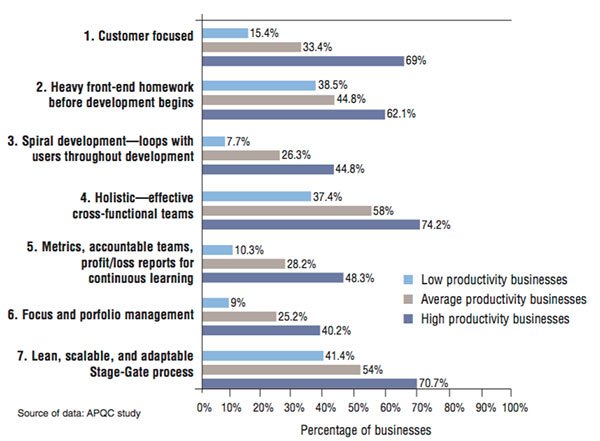
The Stage-Gate Process
The guides product development through six stages, from idea to launch. The standard process consists of six stages and five gates.
Stage 0: Idea Generation
In this Stage zero of the Phase Gate Process, the team discovers the situation or project. This Stage involves the research activities required to understand the case based on clear ideas and accurate information. This Stage can include qualitative and quantitative research methods, market research, ideas generation methods (i.e. mind maps, brainstorming and reversed brainstorming) and problem exploration tools (i.e. Starbursting, SCAMPER, 5 Whys and TRIZ).
Stage 1: Scoping
The team provides a clear statement of the problem. In this Stage, the team tries to identify whether the idea is viable and can present a market opportunity. This goal can be achieved through tools such as the SWOT analysis, which helps the team evaluate the idea based on strengths, weaknesses, opportunities, and threats.
Stage 2: Build Business Case
Once the idea is formed and there is a clear vision of the solution, the team works to build a product definition and analysis, a business case, a project plan, and a feasibility review. This business case aims to convince the different teams involved in the product development and its viability. They can use tools such as the Business Model Canvas which provides a clear vision of the product’s market value.
Stage 3: Development
The team applies the plan formulated during the above stages and puts it into action by building a prototype for the product. This Stage’s timeline is critical to achieving six factors: specific, measurable, actionable, realistic, and time (SMART). The timeline is constantly updated based on the production status.

Stage 4: Testing and Validation
In this Stage, the prototype is tested, and feedback is collected to improve the prototype. The testing includes team testing for problems and issues in the product. Then, it goes for the field test, where consumers test the product in a beta version and a marketing test to identify market feasibility for the product.
Stage 5: Launch
Once the product passes all the stages, it moves directly to the launch stage, where the product is introduced to the market based on a marketing strategy. In this Stage, the marketing team plays an essential role in creating the market need and increasing market exposure for the product.
In the above standard model (figure 2), the gates were used to decide whether to move forward or return to the previous Stage to improve the product. This model has been modified to an updated version: the Next Generation Idea-to-Launch System, which aims to achieve three targets, adaptive and flexible, agile and accelerated, which are covered in The Advantages of the Phase Gate Process part.
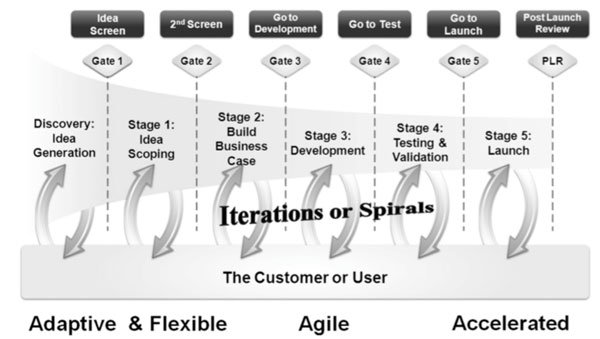
Description of the Gates
Between every two stages, a Gate is used to validate and test the outcome of each Stage and ensure it meets the requirements. The process at each Gate includes three main steps:
Input: The deliveries from the previous Stage will be evaluated in this specific Gate.
Criteria: The metrics and the KPIs will evaluate the deliveries.
Output: The evaluation results and the decision to move to the following Stage or return to the previous.
Based on the output of the above three steps, there are five decisions based on the Stage evaluation:
Go: The team can go to the following Stage.
Kill: The project is not feasible enough, and it needs to end.
Hold: the project will be halted because of a specific reason.
Recycle: A few amendments are needed before moring to the following Stage.
Conditional Go: The development can go forward based on a conditional statement (i.e. apply specific modifications).
The Advantages of the Stage Gate Process
There is a debate about the process, at least in the design domain. The nature of the process is too strict about encouraging creative and divergent thinking. While the process doesn’t guarantee successful innovation in new product development, it is remarked with the below advantages:
Iteration through Gates
One of the advantages of the design process is the opportunity to iterate and improve the product through multiple prototypes. In the Stage Gate Process, the gates between each Stage allow the team to pause and validate the progress against the targeted aim. If the outcome of the process is accepted, then the process may proceed to the following Stage; otherwise, the process is iterated based on the gate options, if you would like to have some more info just click here now to read some more.
Scalability
The number of stages can be adapted based on the project needs. In Figure 4, the NexGen Stage Gate Process shows how the new idea-to-launch system can be adapted to become more intensive. The six stages described above can be reduced by merging between stages, which may shorten the production timeline.
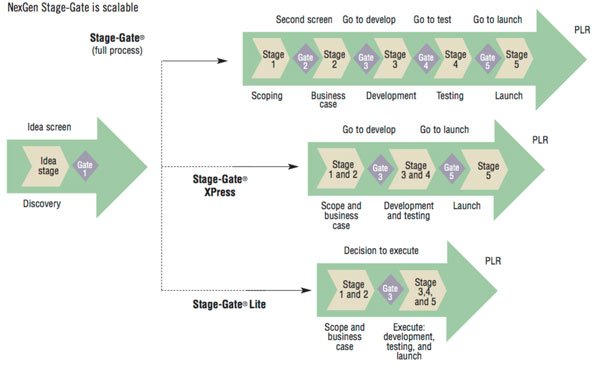
Another aspect of the scalability in the Stage Gate is related to the organisation size. One of the Stage-Gate’s advantages compared with other tools is its ability to expand to large enterprises where several teams and departments are involved in product development.
Adaptive and Flexible
The new Stage Gate model incorporates a spiral iteration process involving the consumer in each StageStage. The consumer provides feedback during the Gates to a build-test-revise iteration process.
Customer-Focused
The above adaptability nature feeds toward a user-centred design process. The end consumer should be placed at the heart of all the stages through solving consumer problems of providing a value proposition.
Spiral Development
The product information will be changed, updated or improved during the production process. Therefore, the team should be able to listen to feedback and modify the product based on state-of-the-art information.
Agile
The updated process incorporates elements from the Agile Development system adopted in the software industry. In this model, sprints and scrums-short time-boxed delivered can be demonstrated to the stockholders instead of documentation.
Accelerated
The updated model focuses on accelerating the development process. The stages can overlap or be shortened based on the product information and needs. The below videos shows the connection between the Stage-Gate and Agile management.
The Disadvantages of the Stage Gate Process
As highlighted earlier, there is a debate about Stage-Gate and its effectiveness, especially in projects where the team is encouraged to provide innovative ideas or problem solutions.
Lack of Creativity
In the design thinking process, the first Stage involves divergent thinking, where the team explore the situation and different information related to it. This Stage usually uses brainstorming, reversed brainstorming, mindmaps and others. In the Phase Gate Process, The first Gate presents a barrier as it tends to evaluate the process in a very early stage, which may stand as a barrier to achieving innovation.
Linear Process
From the designers’ perspective, the design thinking practice has never been linear. The move from one stage to another is not linear, yet it is more like an arena where ideas and prototypes blend. A few design thinking processes understood this, such as the Double Diamond Design Thinking.
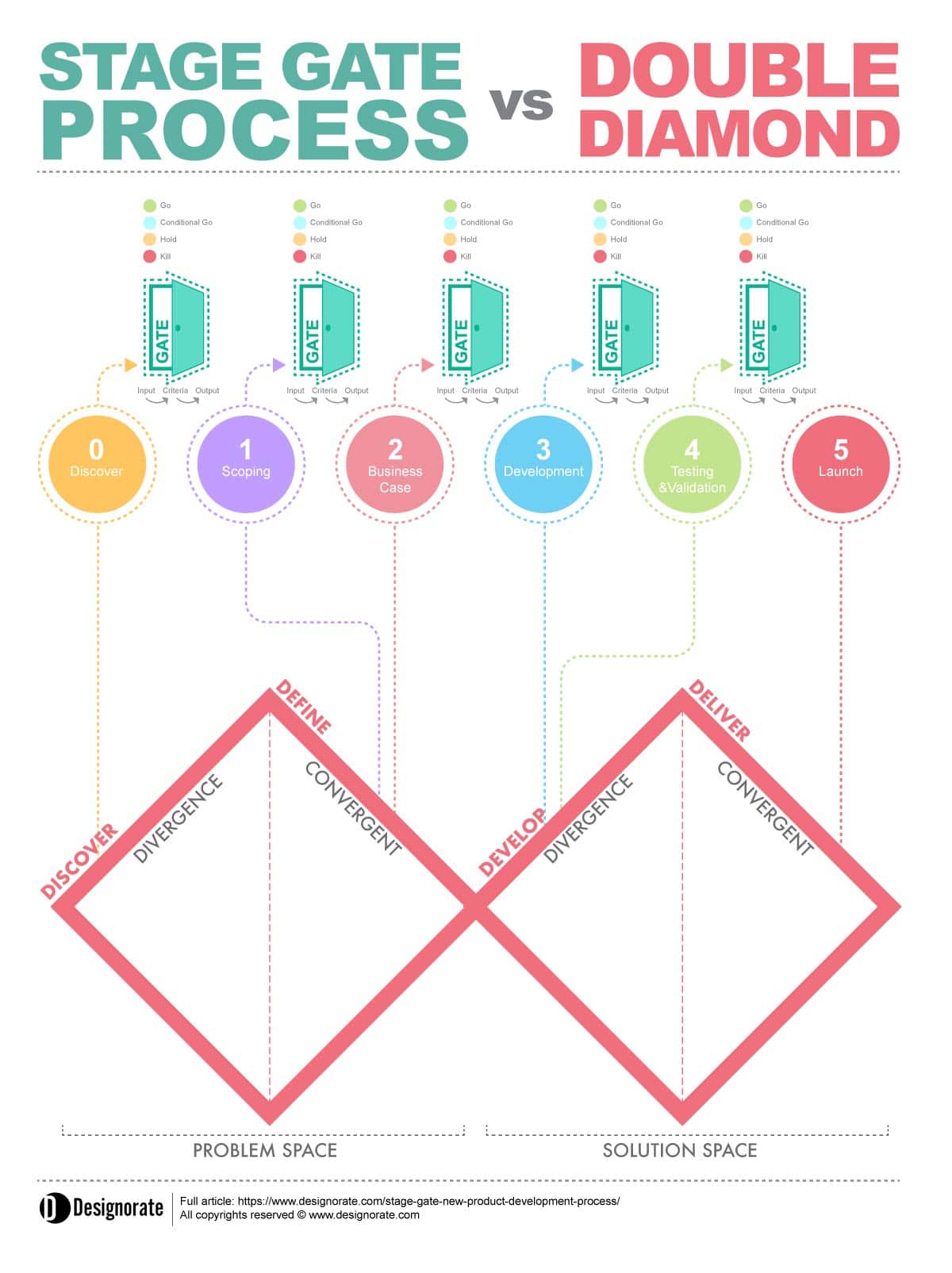
Limited Iteration
Another issue linked to the linear nature of the process is the limited iteration. The move from one Stage to another is connected to Gate validation. The movement is either to the next Stage or the previous one. Compared to the Double Diamond process, the movement can jump between any stage of the process, extending the iteration nature of the process.
Lack of the Focus on Prototyping
The stages in the Stage-Gate don’t include sufficient opportunities for prototyping and testing those prototypes. While the Development and Testing stages can consist of prototyping, their nature implies that the testing is for the final production. The Double Diamond has the Develop stage, which involves prototyping and iteration. Then, the Deliver stage includes the development, testing and delivery.

Stage Gate Process Free Template
This Stage Gate Process free template is in PDF format, and it allows you to add your notes and use it as a tool to manage the Stage-Gate practice inside the company.
Download PDF
The Phase Gate Process can help companies develop new products regardless of the company’s size, the project or the number of team members involved in the production. Its ability to integrate with agile and lean management presents an added value to the process. The most significant advantage of the Stage-Gate Process, in my mind, is the validation Gates, which allows the team to assess the outcome of each Stage before moving to the following one.
In the NexGen Stage-Gate system, the process becomes more scalable, iterative, and engaging with the consumers through the spiral, allowing consumer feedback to be taken and considered in each Stage. Also, the new NexGen Stage-Gate process can be modified to become shorter based on the product nature. The solid nature of the Stage-Gate process makes it a reliable tool for companies to achieve innovation.
Bibliography
Cooper, R. (2006). The seven principles of the latest Stage-Gate® method add up to a streamlined, new-product idea-to-launch process. Stage-gate Inc.
Edgett J. (2015). Idea‐to‐Launch (Stage‐Gate®) Model: An Overview. Stage-gate Inc.
Sommer, A. F., Hedegaard, C., Dukovska-Popovska, I., & Steger-Jensen, K. (2015). Improved product development performance through agile/stage-gate hybrids: The next-generation stage-gate process?. Research-Technology Management, 58(1), 34-45.
Grönlund, J., Sjödin, D. R., & Frishammar, J. (2010). Open innovation and the stage-gate process: A revised model for new product development. California management review, 52(3), 106-131.
The process of developing a new product is based on five Stages and Gates. The Gates are used to evaluate the outcome of each Stage.
Stage 0: discovery
Stage 1: scoping
Stage 2: business plan concept
Stage 3: development
Stage 4: testing and validation
Stage 5: launch and implementation
Iteration through Gates
Scalability
Adaptive and Flexible
Customer-Focused
Spiral Development
Agile
Accelerated
Lack of creativity
Linear process
Limited iteration
Lack of the focus on prototyping



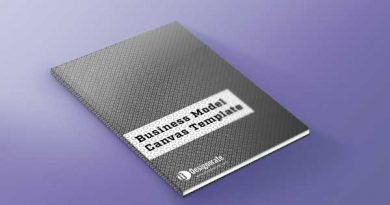



This is a great guide for anyone starting out in stage management. It’s well written and easy to follow.
Excellent article! Thank you for writing and sharing your insights and expertise.
Thanks Robert!